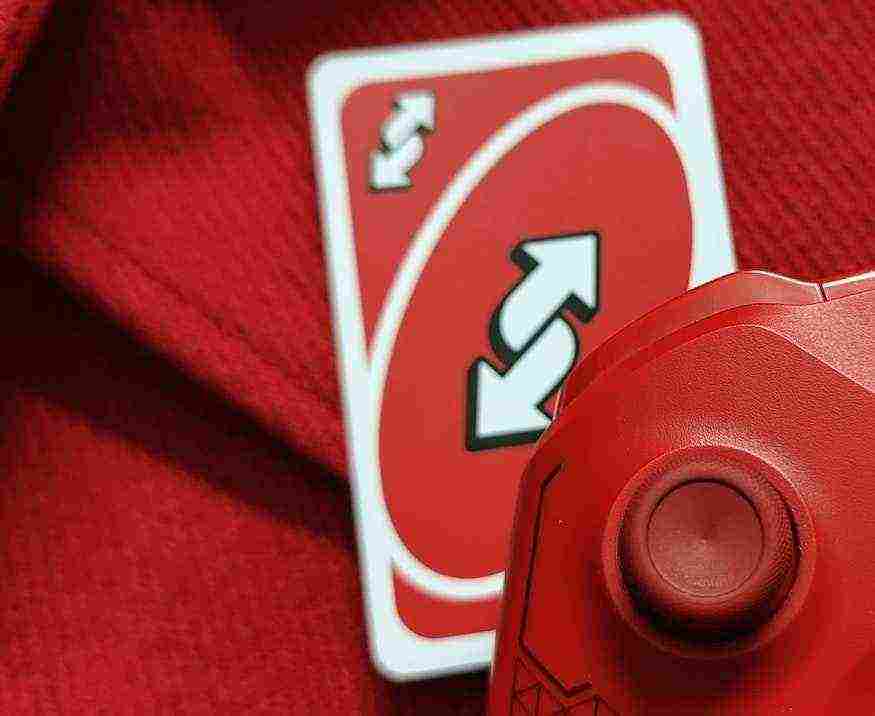Sharing is caring!
Uno is a classic game that has been entertaining friends and family for decades. Just a few simple rules and a deck of colorful cards can provide hours of enjoyment.
If you haven’t played it yet, you’re definitely missing out. The goal of the game is to be the first player to get rid of all your cards, and you do this by matching the number, color, or symbol on the top card of the discard pile.
Along the way, you’ll encounter some special action cards that can turn the tide of the game in your favor—or against you.
The Importance of Having a Strategy in Uno
While Uno is easy to learn, mastering the game is a whole different story. Sure, you can rely on luck to help you win, but having a solid strategy is what separates the amateurs from the seasoned pros.
You might be thinking, “Strategy? In Uno?” And yes, it’s true. As you play more and more, you’ll start to pick up on patterns, notice opportunities, and develop your own tactics.
Knowing when to play certain cards, when to hold onto them, and how to read your opponents can give you a major edge in this seemingly simple game.
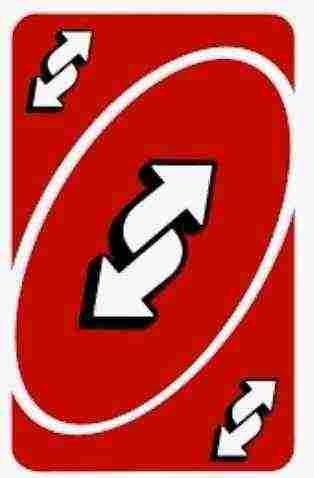
The Uno Reverse Card
One of the most iconic and game-changing cards in Uno is the Reverse card.
You know the one—the card that makes everyone groan or cheer, depending on their position in the game. In the right hands, the Reverse card can be a powerful weapon to outwit your opponents and inch closer to victory.
What does a reverse card mean in Uno?
The Reverse card is easily recognizable thanks to its unique design. Each of the four colors in the Uno deck—red, green, blue, and yellow—has its own Reverse card, and on each one, you’ll see a pair of arrows pointing in opposite directions.
This simple yet distinctive look is a clear signal that the game’s direction is about to change, sending a ripple of anticipation (or dread) through the players.
In a standard Uno deck, there are 108 cards in total, and among them, you’ll find eight Reverse cards—two of each color. This means that Reverse cards make up just about 7.4% of the deck, so they’re not exactly common, but they’re not super rare either.
This balance makes them valuable enough that you need to think carefully about when to play them, but not so scarce that you never get a chance to use one.
Uno Reverse Card Rules
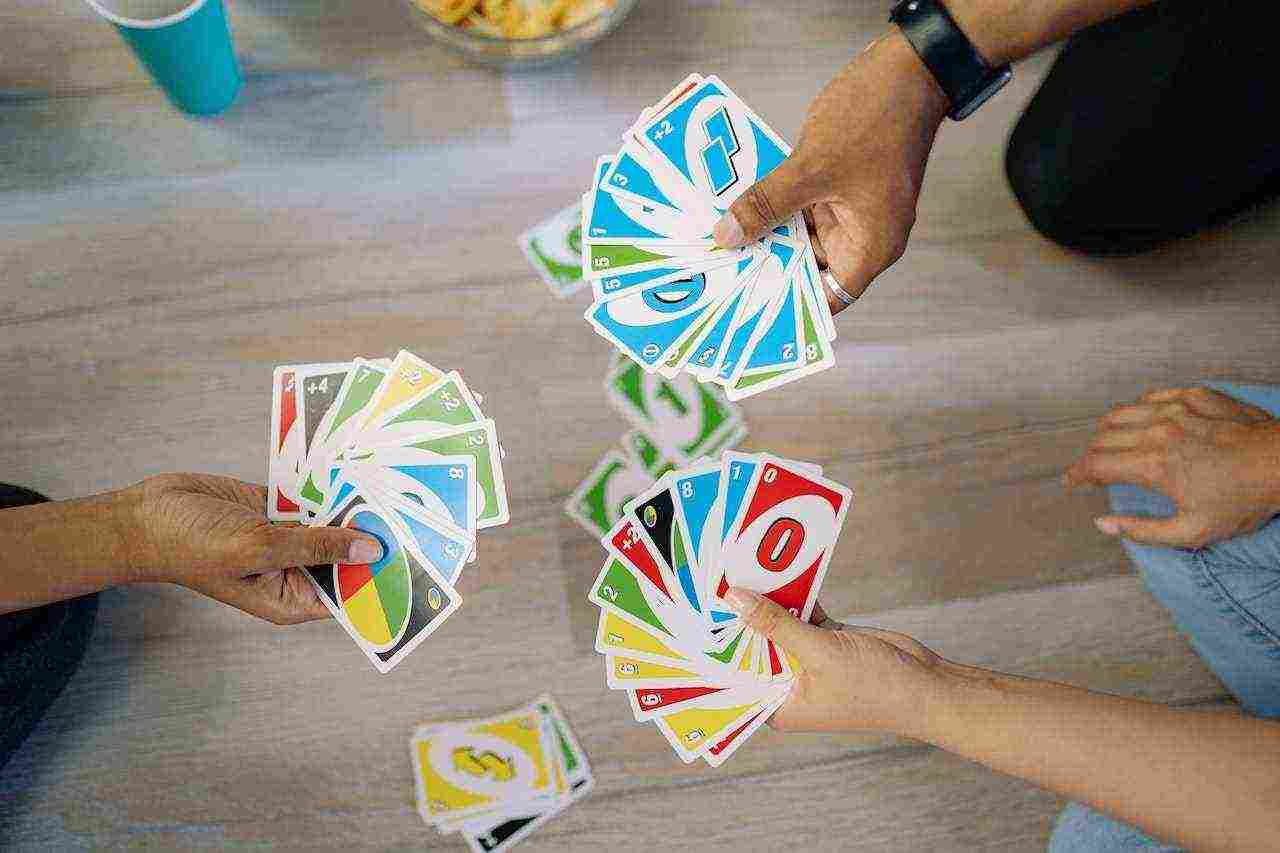
The Basic functions of the Reverse Card
1. Changing the direction of play
The primary function of the Reverse card is right there in its name: it reverses the direction of play.
If the game has been moving clockwise around the table, playing a Reverse card will switch things up and send play counterclockwise instead (and vice versa).
This can be a game-changer, especially if you’re trying to keep a dangerous opponent from playing their cards or if you want to help out a friend who’s struggling with a hefty hand.
2. When to play a Reverse card
There’s no hard and fast rule about when you should play a Reverse card, but there are definitely some strategic moments to consider.
For instance, if the player before you has just played a Draw 2 or Draw 4 card and you want to send that punishment back their way, a Reverse card can be your saving grace.
Or, if you notice that the player in the opposite direction has only a few cards left and might be close to winning, a Reverse card can buy you some time to catch up.
Reverse card rules in two-player games
1. Acting as a Skip card
In a two-player game, the Reverse card takes on a different role—it acts as a Skip card instead. This means that when you play a Reverse card, your opponent loses their turn, and you get to play again immediately.
This can give you a chance to play multiple cards in a row and quickly reduce your hand size, putting you in a strong position to win.
2. Maintaining strategic advantage
In a two-player game, using a Reverse card strategically can make a big difference. If you have multiple action cards in your hand (such as Skip, Draw 2, or Wild Draw 4), playing a Reverse card can set up a powerful combo that leaves your opponent reeling.
Additionally, using a Reverse card to prevent your opponent from playing a card they’ve been holding onto can be a sneaky way to maintain your advantage and keep the momentum on your side.
Advanced Reverse Card Strategies
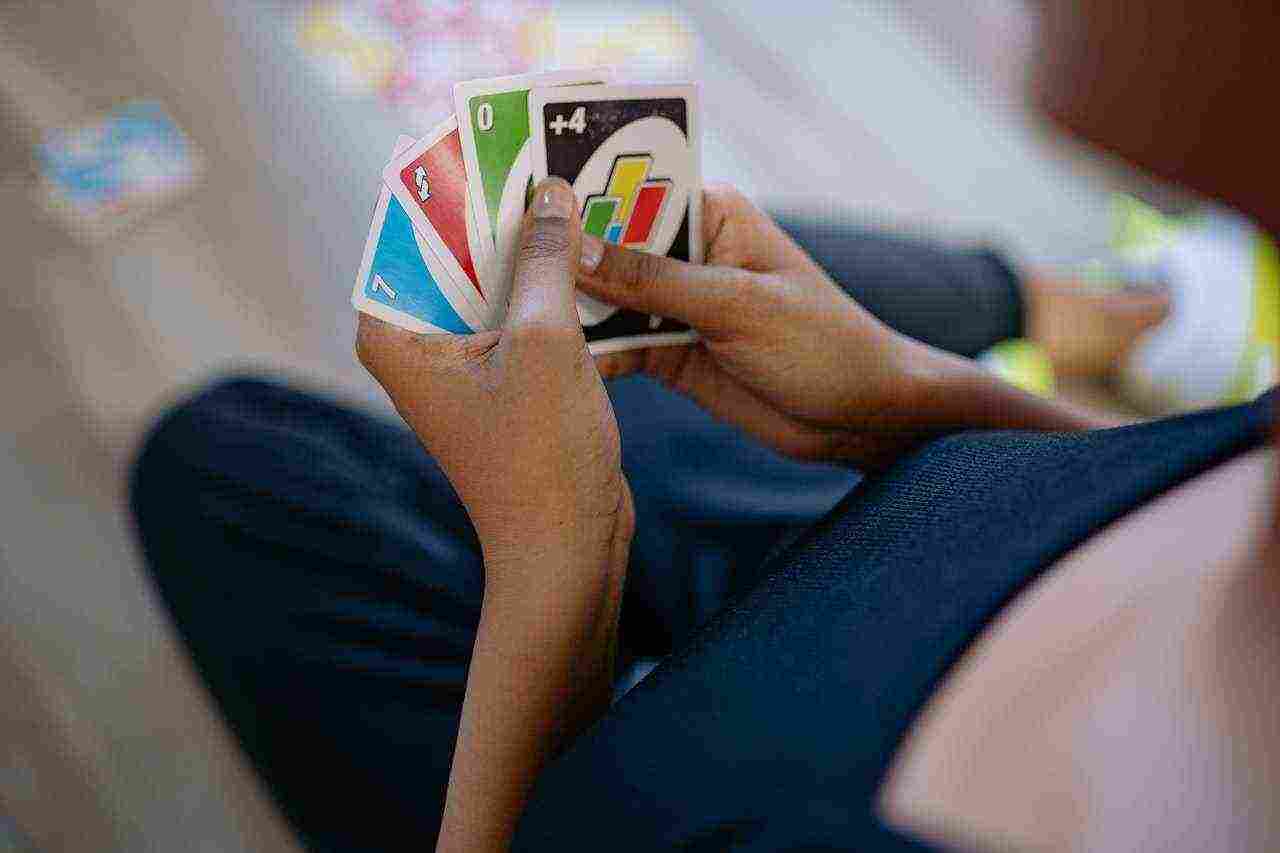
1. Timing the Reverse card play for maximum effect
Timing is everything when it comes to playing a Reverse card. Ideally, you want to use it when it will have the most significant impact on the game.
This could be when you want to stop a player who’s on the verge of winning or when you want to protect yourself from an impending onslaught of action cards.
Paying close attention to your opponents’ reactions and the cards they play can give you valuable clues about when it’s best to unleash your Reverse card and disrupt their plans.
2. Combining Reverse cards with other action cards
One of the most satisfying ways to use a Reverse card is by combining it with other action cards for maximum effect.
For example, if you play a Draw 2 card and then immediately follow it with a Reverse card, the player who just got hit with the Draw 2 has to pick up two more cards and then watch as the game moves in the opposite direction, leaving them high and dry.
This kind of combo can be devastating and give you a significant advantage over your opponents.
3. Reading opponents to predict the right moment to play a Reverse card
Being able to read your opponents is a valuable skill in Uno. Watching for subtle cues like facial expressions, body language, and even the way they arrange their cards can give you hints about their strategy and the cards they’re holding.
If you can accurately predict when an opponent is about to make a big move, you can play a Reverse card to disrupt their plan and turn the game in your favor.
Variations and House Rules
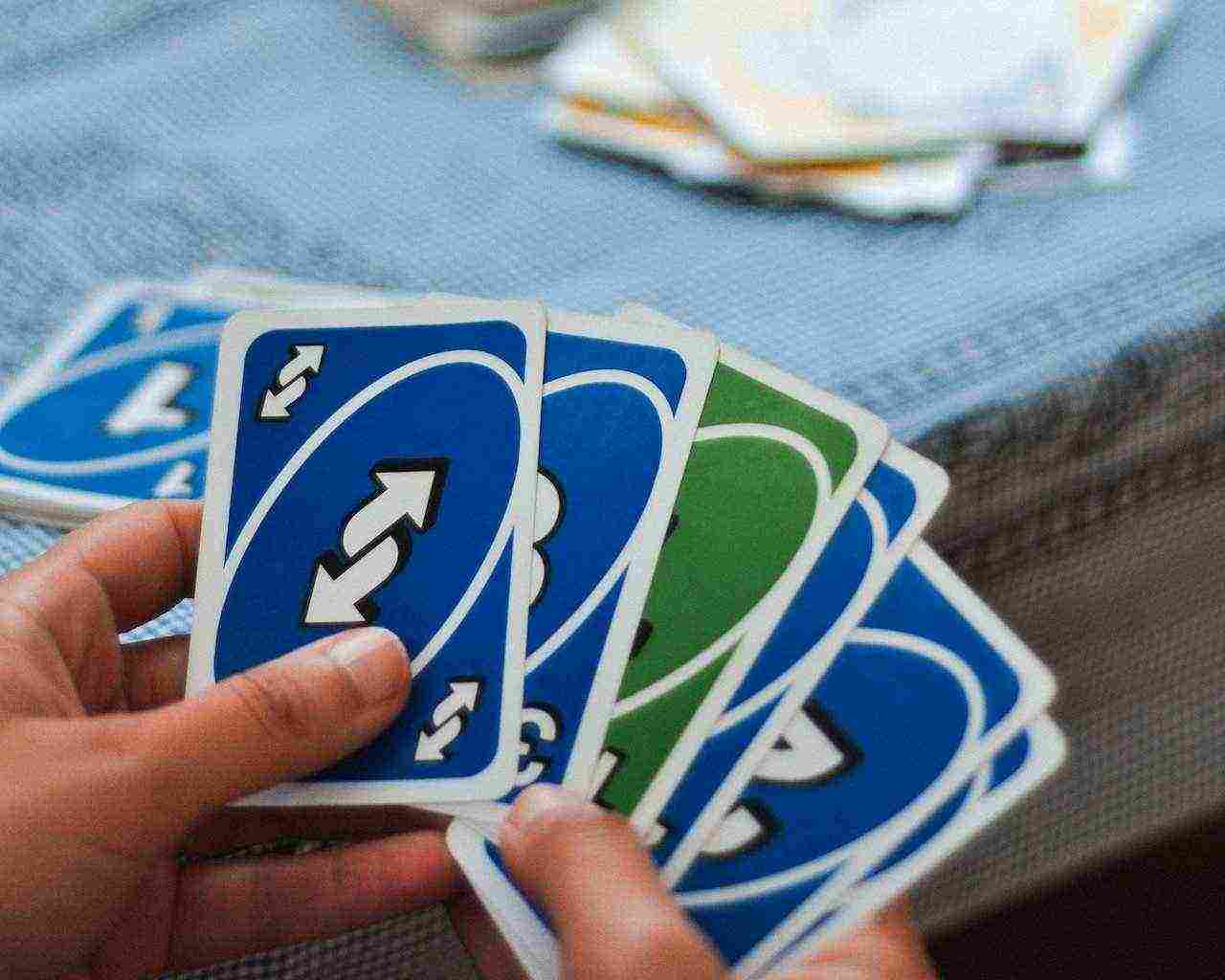
Stacking Reverse Cards
Some players like to add a little extra challenge to the game by allowing Reverse cards to be stacked. This means that if one player plays a Reverse card, the next player can play another Reverse card of the same color on top of it, changing the direction of play once again.
Customized Reverse card rules in themed Uno decks
There are many themed Uno decks out there, each with its own unique twist on the classic game.
Some of these decks have special Reverse cards with additional abilities or modified rules, adding an extra layer of strategy to the game. If you’re a fan of Uno, it’s worth checking out these themed decks to see how they change up the Reverse card dynamics.
Creating your own house rules for Reverse cards
House rules can add a fun, personal touch to your Uno games. If you and your friends want to spice things up, consider creating your own house rules for Reverse cards.
Maybe you could allow players to swap hands when a Reverse card is played, or perhaps the player who plays a Reverse card gets to choose the new direction of play.
The possibilities are endless, and experimenting with different house rules can keep the game fresh and exciting.
Conclusion
The Reverse card is a powerful tool in Uno, with the potential to dramatically change the outcome of the game.
Understanding its basic rules and strategies is important, but mastering advanced tactics and adapting to different variations and house rules can elevate your game to new heights.
Sharing is caring!
